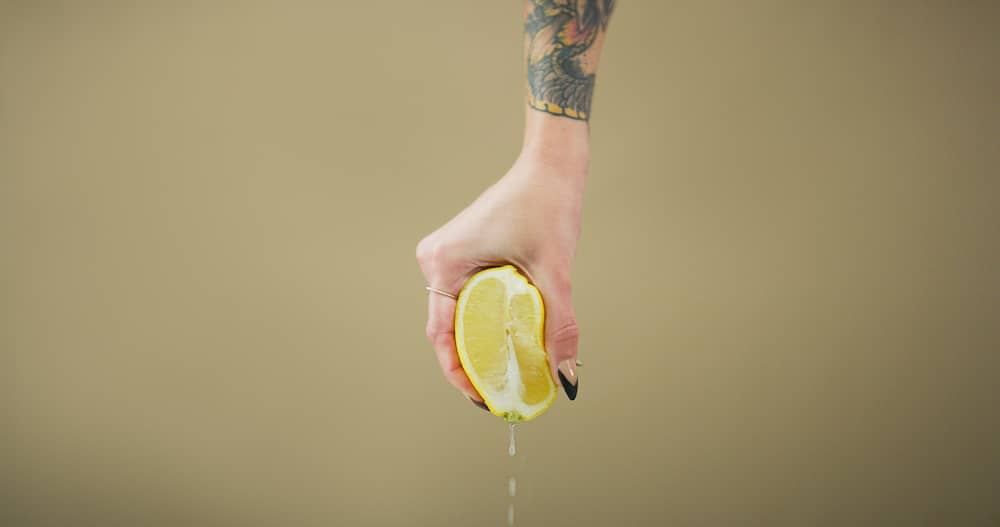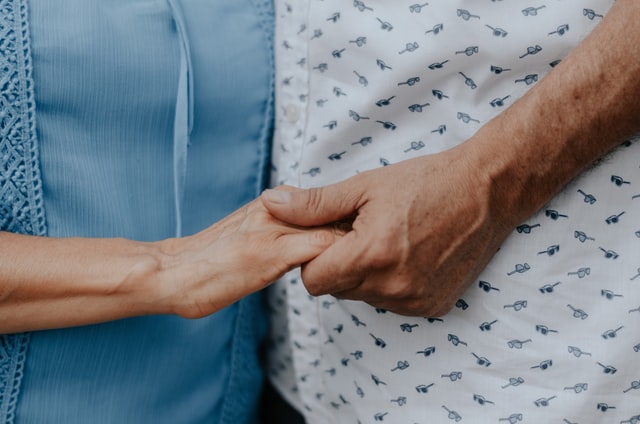You might know – or be wondering – how a female orgasm feels, but how much do you know about what it is or how it happens in the body? Brushing up on the facts around female orgasm can help you have better sex, and better orgasms.
How is a female orgasm different from a male orgasm?
Just as with a male orgasm, a female orgasm is an intense, pleasurable release of sexual tension that happens due to sexual arousal – usually during sexual intercourse, oral sex or masturbation.
The difference between male and female orgasm mostly comes down to the physical differences in how an orgasm is reached for people with a penis versus a vagina.
One key difference seems to be that the female body can have more than one orgasm in quick succession, as long as sexual arousal or stimulation is maintained.
Are there different types of female orgasm?
There are 2 widely recognised types of female orgasm:
- clitoral orgasm – reached through stimulation of the clitoris, the small protrusion or bump above the entrance to the vagina
- vaginal orgasm – reached through stimulation of the vaginal walls, usually by penetration either with a penis, sex toys or fingers
It’s also possible to have an orgasm from anal sex or stimulation, or to have a combination of a clitoral and vaginal orgasm.
How long does it take to have an orgasm?
Everyone’s different – there’s no set amount of time involved in reaching a female orgasm.

Why are some people unable to have an orgasm?
Perhaps you’ve never had an orgasm, or maybe you now find yourself unable to have an orgasm after being able to before.
This can happen for a number of reasons, including:
- not being aroused enough during sexual activity or having anxiety about sexual performance
- physical disorders, like damage to nerve endings or abnormalities in genital organs
- mental health conditions, like depression
- conditions like thyroid disorders and [diabetes]
- excessive alcohol or recreational drug use
- some medication, like antidepressants
- menopause, which can cause vaginal dryness and lower libido
- conditions like vaginismus, that cause pain
- female genital mutilation
Try experimenting with different ways of becoming aroused or speak to your doctor if you’re concerned about not being able to have an orgasm – if the issue is more psychological than physical, your doctor may refer you to a sex therapist.
Does the G-spot exist?
There’s a lot of debate around whether the G-spot exists – and its exact location. It’s believed to be found near the front of the vagina, along the upper vaginal wall. You or your partner can try finding your G-spot by inserting a finger into your vagina and making a ‘come hither’ movement with your finger – you’ve hit the spot if it feels particularly sensitive.
Is female ejaculation real?

It’s rare, but female ejaculation – sometimes called ‘squirting’ can happen for some people. It happens when milky fluid is pushed out from glands around the urethral opening (where pee comes out) during orgasm. Some believe the fluid released is mostly pee, while others believe it has more in common with male semen.
Key points
- unlike male bodies, the female body is capable of having multiple orgasms
- female orgasm can be reached through clitoral, vaginal and sometimes anal stimulation
- speak to your doctor if you’re worried about not being able to have an orgasm
- the jury is out on the existence and location of the G-spot
- female ejaculation is rare, but does happen






